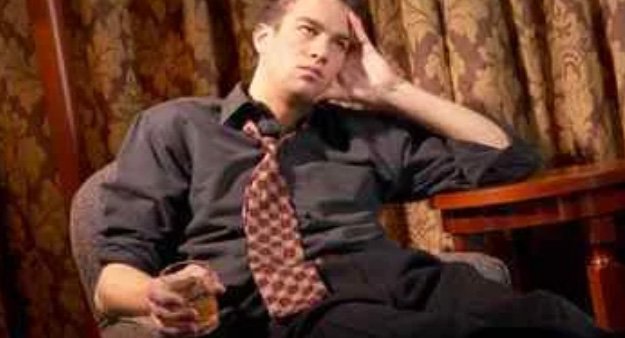ATTENTION DEFICIT HYPERACTIVITY DISORDER


ADHD stands for Attention Deficit Hyperactivity Disorder.
A person with ADHD has differences in brain development and brain activity that affect attention (Inattentiveness), the ability to sit still (Hyperactive), and self-control (Impulsiveness). ADHD can affect a child at school, at home, and his/her social relationships.


Children with ADHD may have signs from one, two, or all three of these categories:

The common three subtypes of ADHD are –

ADHD does not cause any other psychological or developmental issues. However, kids with ADHD have more chances than others to also have conditions such as :


An occupational therapist helps kids with ADHD improve skills, such as:
The first thing the therapist does is evaluation. They usually do this with input from you and observing your child during the session.
During evaluation, the therapist will look at how ADHD has affected your child’s:
The OT will also find out your child’s strengths and weaknesses. Then they’ll recommend ways to address his/her issues.
During a session, the occupational therapist and your child might:
Occupational therapists use a protocol called Sensory Integrative Therapy to help kids with ADHD who have sensory processing disorder. In this technique, the therapist helps to reorganize/integrate the child’s sensory system, using:
